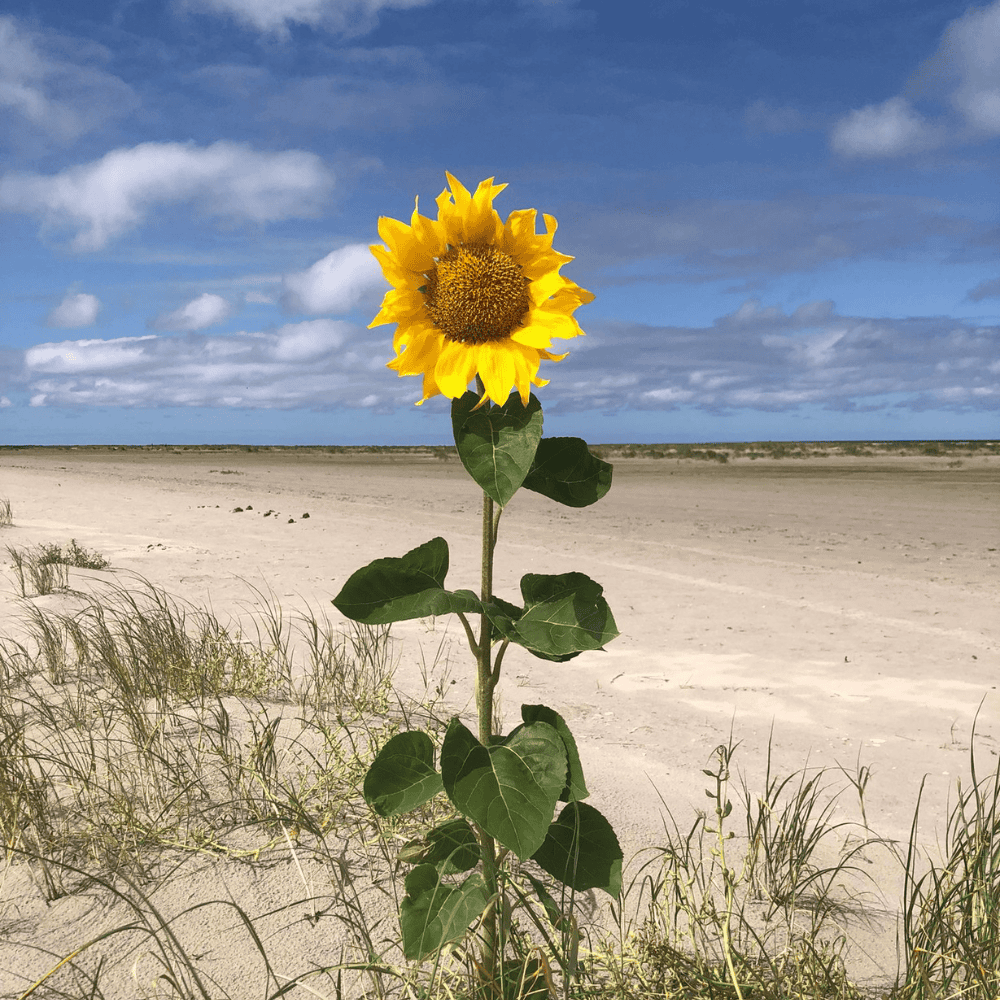
Current geopolitical shifts serve as a wake-up call, prompting us to reexamine our patterns, beliefs, ideals, and perspectives within organizations, businesses, communities, and ourselves.
These reviews often trigger transition and transformation processes, sometimes without our conscious choice or decision.
Beyond external triggers, transition and transformation are natural evolutionary processes.
Growing into a new phase of existence (transition) or embracing a new identity (transformation) represents an adventure guided by life energy and natural evolution.
Embracing these processes – say ‘yes’ – requires temporarily setting aside predictable futures and acknowledging that certain products, services, concepts, and ideas are approaching their natural end or expiry date.
You may need to dwell in the void, and inhabit the uncertainty of not knowing your next destination, holding onto your essence during seemingly unstable times.
This is where liminal leadership emerges: the art of embracing uncertainty, cultivating resilience, and guiding transformation with both visionary thinking and deep empathy.
Eventually, the next phase or new identity begins to crystallize, providing solid ground beneath your feet once again.
What resonates with you? Do these concepts feel relevant to your current reality?
We believe that understanding transition and transformation processes can be valuable in these turbulent times, both for those experiencing them personally and for those guiding organizations through such changes.
While some join our Movements of Transformation program by deliberate choice, participants often tell us: “I followed the feeling that I had to be there…”
Each iteration of Movements of Transformation carries its unique essence – not being ‘subtitled’ upfront – and our March edition explored the questions: “What wants to be born through me? What wants to come into the world through me? What wants to deepen in me? What wants to be manifested through me?”
This Movements of Tranformation program works at multiple levels – societal, organizational, and personal – gently peeling away layers of outdated patterns. Embracing and dwelling into the void is integral to this process, but you won’t face it alone. The cracks where the light can come in, gradually widen, creating space for new possibilities and crystallizing what seeks to emerge.
In this program, you serve as both explorer and companion. As an explorer, you’ll experience various states, processes, and interventions that offer fresh perspectives and new foundations for action and application in your professional life.
As a companion, you’ll develop skills to create the membrane where transitional and transformational processes can unfold. You’ll master interventions applicable across all three transformational layers (societal, organizational, and personal), while experiencing the liberation of growing beyond your own entrenched patterns.
Dees and Jan Jacob are excited to welcome eighteen participants to this guided transformational adventure. Each program is uniquely shaped by its participants. Transformational processes are intricate, involving uppercurrent, undercurrent, and evolutionary forces that sometimes conflict. Yet it’s precisely the freedom of this adventure – as opposed to the pressure of a directed journey – that enables genuine transition and transformation through you and within you.
Feeling drawn to join us?
Check out when the next edition takes place.
The program features participants from various countries across the globe, this program offers an exciting, profound, and meaningful experience. Whether you’re a professional working with organizations and teams through change processes and looking to enhance your skills, or simply curious about Movements of Transformation – we warmly welcome you to join us!
Laurens van de Vijver, CEO MyWheels, participant Movements of Transformation March 2025:
“My most valuable experience during Movements of Transformation was the clear and intentional structure of the interventions. This grounding framework created a strong foundation that allowed me – and I believe many others – to truly lean into the process, explore the open space, and gather relevant insights with both curiosity and clarity.
What stood out as well was the experimental and embodied learning approach. It wasn’t just about receiving input, but about engaging with it – and with each other. The interaction within the group became a vital asset in itself, allowing for moments of reflection, co-creation, and mutual learning that enriched the overall experience.
It was a rare and powerful combination: structure and spaciousness, depth and play, guidance and exploration. I’m grateful to have been part of it.”